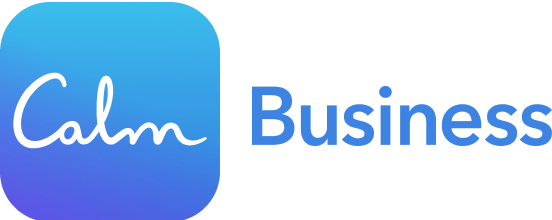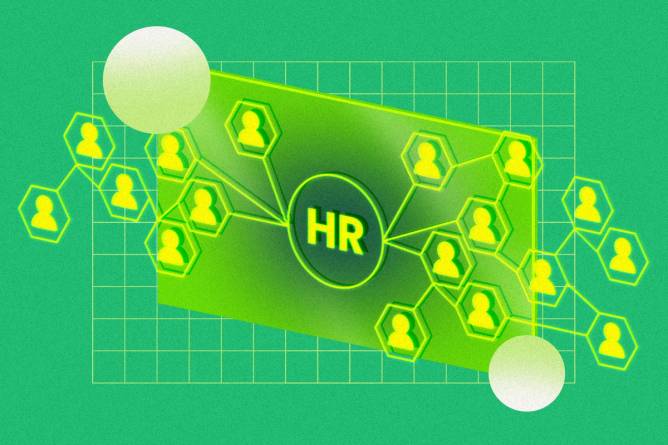Cheers, it’s Friday! Not to be that person, but we’re only three summer Fridays away from Labor Day. But don’t dust off your cardigans yet. July was the hottest month on record, and the DOL is putting heat on employers to protect workers by ensuring they have access to water, rest, and shade. Stay cool, folks.
In today’s edition:
 From WFH to RTO From WFH to RTO
 Technically HR Technically HR
 Chief chat Chief chat
—Courtney Vinopal, Adam DeRose
|
|
Francis Scialabba
Zoom recently sounded the death knell of remote work—at least according to a few dire headlines—when the company announced it would ask some employees to come back into the office two days a week.
The news was striking, given that Zoom is a pandemic darling that helped fuel the remote work revolution when many workers were forced to conduct business over video calls in 2020. But Zoom’s Covid-era profits didn’t stick (the firm announced in February it would lay off 1,300 employees), nor did its “forever” remote-work policy.
The decision comes as once-prominent remote work boosters are changing their messaging on flexibility. Though Salesforce CEO Marc Benioff once declared office mandates were “never going to work,” employees in customer-facing roles are now required to be in an office four days a week. Benioff suggested in a March podcast interview that new employees perform better in an office. That same month, Salesforce shut down the remote-work research arm of Slack, the essential pandemic-era platform it acquired in 2021.
Other firms that cashed in on remote work have also tightened up their policies. Though DocuSign had several false starts bringing workers back to the office, about 70% of the company’s 6,500 employees returned to the office under a hybrid arrangement in June, according to the New York Times. Peloton, which saw sales rise by more than 170% in Q4 2020, started asking employees to come into an office three days a week last September.
Take Zoom’s RTO with a grain of salt. A closer look at Zoom’s return-to-office policy hardly suggests the company is abandoning remote work.
Keep reading here.—CV
|
|
TOGETHER WITH CALM BUSINESS
|
It’s no secret the economy has been tough lately. Despite all the market malaise, HR leaders are still putting in the work to ensure their employees receive top-notch mental health benefits. How can your org follow suit?
Calm Business is here to help. They’re offering a free webinar with tons of strategies you can use to put mental health at the center of your business.
You’ll gain valuable peer insights from new research on how to recession-proof wellness benefits and details on how Calm Business’ preventive self-care tool can boost employee mental well-being.
Based on a survey of 400+ HR benefits leaders, you’ll also find a blueprint from leading organizations that provides strategies on how to design your own mental health benefits game plan in the current economic climate.
Help your employees turn the corner to wellness.
|
|
Frank Scialabba
Employee listening platform Perceptyx acquired tech company Humu, according to an announcement last week.
Perceptyx’s software captures employee insights and helps clients identify next steps to address employee experience goals based on feedback, but its CEO, John Borland, said he expects the new acquisition will help the company leverage “nudge theory” to help clients make bigger impacts through smaller behavioral changes.
Co-founded by former Google SVP of people Laszlo Bock, Humu’s “nudge” library helps companies influence positive behavior change by sending managers and employees notifications via Teams, Slack, or email based on a theory in behavioral science.
“What Humu developed over the last six or so years is a very robust database of nearly 2,000 nudges that are all tied up to about 96 different key behaviors,” Borland said. “Oftentimes, the CHRO or the senior leader would determine what are the behaviors that they feel like have the best opportunity or the biggest need to be nudged on, and so they would trigger those at the very top level.”
With the acquisition, Perceptyx plans to leverage its listening and sentiment gathering capabilities to inform HR leaders of the nudge campaigns that could best impact the employee experience.
Zoom out. HR leaders and top brass know that engagement and the employee experience is crucial for positive business outcomes, but lessons from employee surveying and sentiment gathering often only result in one or two programs to pilot and assess.
Keep reading here.—AD
|
|
Goldman Sachs
Jacqueline Arthur took over as Goldman Sachs’s global head of human capital management in January. Arthur, who has been with the bank for 16 years, told HR Brew she has been approaching her role through a “business lens,” with a focus on maintaining a “market-leading position” when it comes to talent.
She discussed her priorities as Goldman Sachs’s people leader, including supporting employees through benefits, as well as working to diversify the firm, which has set “aspirational goals” for representation of women and minorities. Arthur also spoke about the impact of recent layoffs at the firm.
This interview has been edited for length and clarity.
Goldman was one of the first big banks to require employees to return to the office, in 2021. How has that been received and why, from the firm’s perspective, is it important to have employees in the office?
When I look at it, working collaboratively and together is core to our apprenticeship culture and the client-centricity of our business. And what’s been clear through the journey we’ve been on is that we’re better together than apart.
From a sentiment perspective, it’s been really positively received, particularly with our junior population, in terms of experiencing our programs and office, and getting to learn from people in person.
Keep reading here.—CV
|
|
|
Glimpse the future. No crystal balls necessary—all you need is a curious mind to register for Paylocity’s Future of Work event on Aug. 31. Join futurist-in-residence Elatia Abate to dive into all things disruption and how you can fearlessly prepare for it. Save your spot.
|
|
Francis Scialabba
Today’s top HR reads.
Stat: With Zoom and President Biden calling on workers to ditch their slippers and return to the office, only 14% of employed adults, or roughly 22 million people, remain fully remote. (the Providence Business Journal)
Quote: “Companies have to recognize that if they really want to meet their commitments to diversity and inclusion, one of the best levers they can pull for that is remote work.”—Andrew McCaskill, a career expert at LinkedIn, on the reprieve from microaggressions that many people of color felt while working remotely (the Los Angeles Times)
Read: Workers are using AI to up their professional online presence, but some of this software should be avoided. (the Wall Street Journal)
|
|
|








